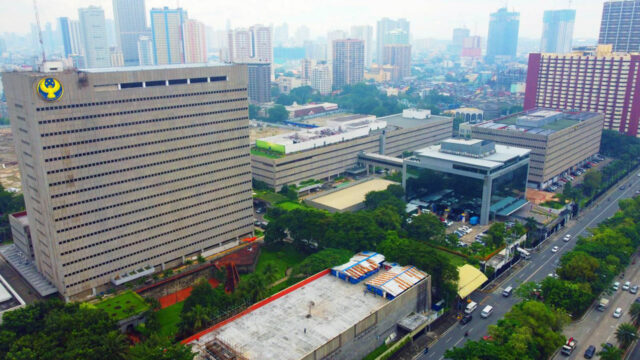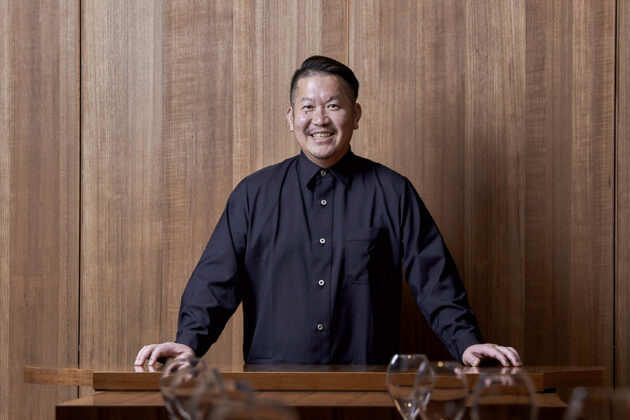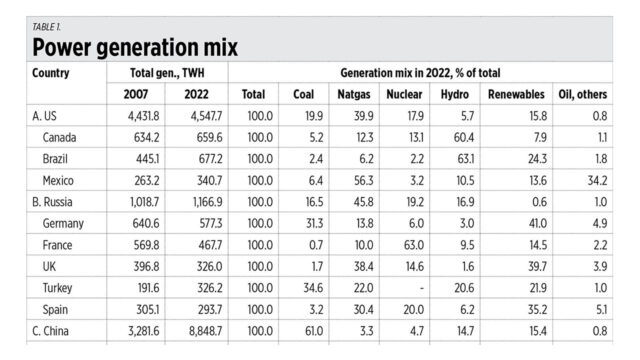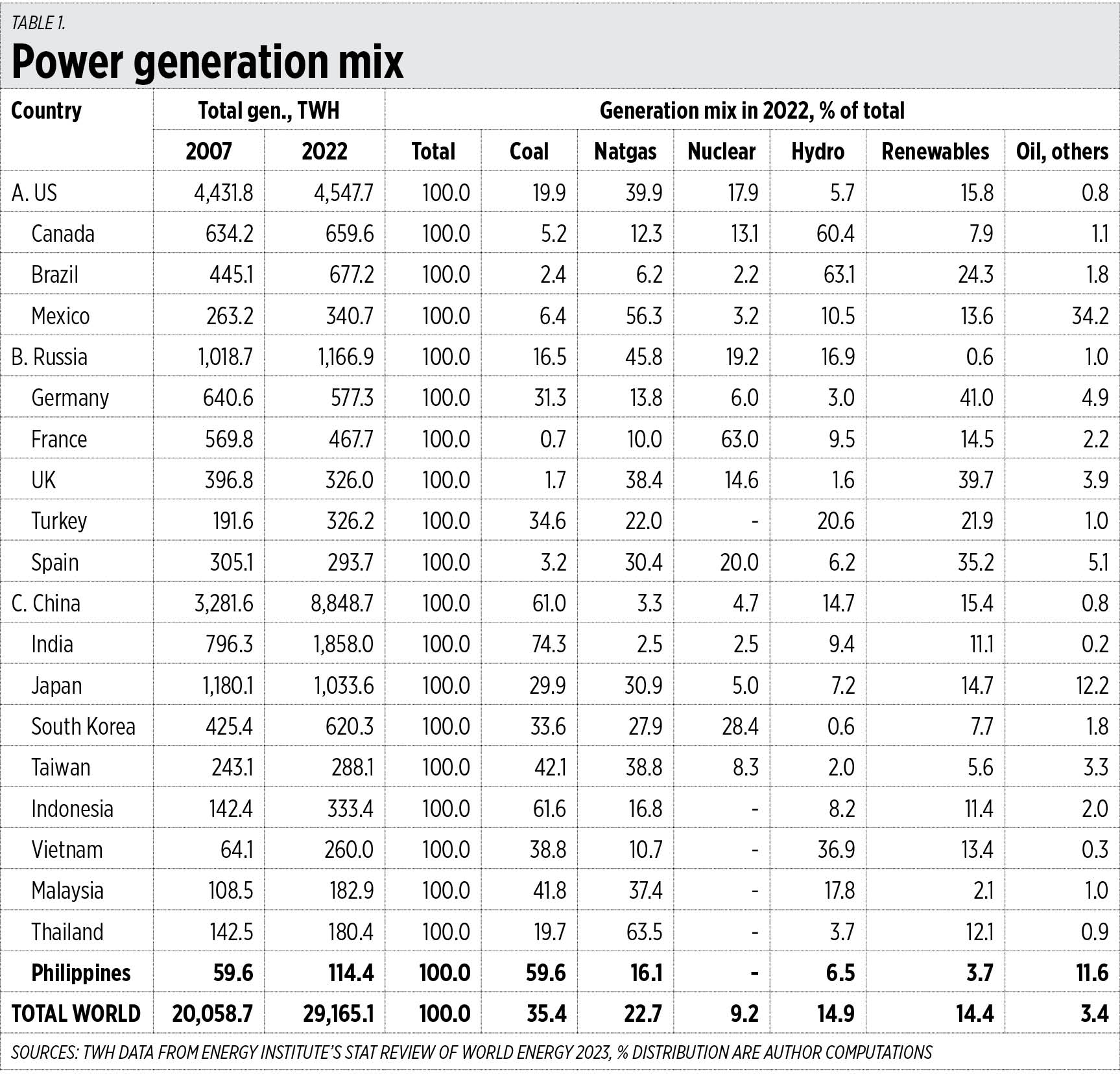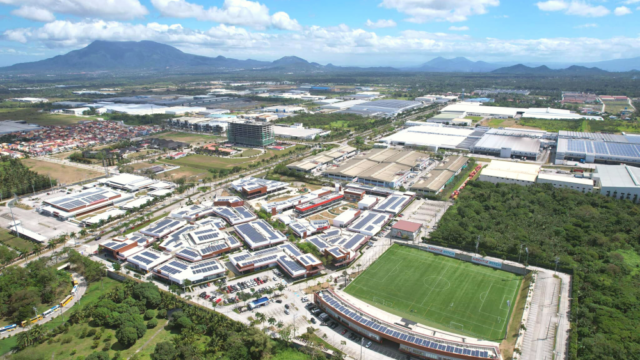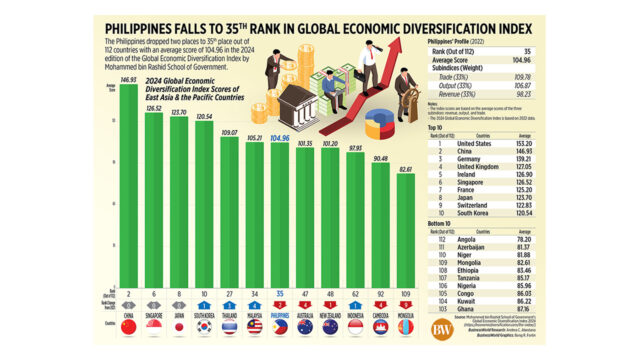The 7th edition?
Do we really need to change the 1987 Constitution? The Philippines has had six constitutions since the declaration of independence in 1898. And now, legislators are considering an exercise that may yet lead to a seventh one by next year. The present call for constitutional change is anchored on the perceived need to remove supposedly restrictive economic provisions.
If we look at the reasons for constitutional change in the past, they were all for political reasons, particularly for the “change” in government administration. And all the revisions or amendments were also political in nature, except in 1947 when economic-related provisions were considered to introduce “parity” rights or equal rights to Philippine resources by Filipinos and Americans.
Based on the Official Gazette, with the Philippine proclamation of independence from Spanish rule on June 12, 1898, the Malolos Constitution was drafted by the “First Republic” to become the first Philippine Constitution, and it lasted from 1899 to 1901, or until the start of the American Occupation in 1902.
From 1902 to 1935, after Spain ceded the Philippines to the United States, the country was governed by US laws. But instead of drafting a new constitution, the United States Congress passed the Philippine Organic Act of 1902, which provided for a Philippine Assembly composed of Filipino citizens; the Philippine Autonomy Act of 1916; and the Philippine Independence Act of 1934. These laws served as the “second” constitution.
And in line with the 1934 independence law, a constitutional convention was convened to draft a new charter. The convention finished its work in February 1935 and its draft charter was ratified in a national plebiscite in May 1935. The new “third” constitution came into effect in November 1935 with the inauguration of the Commonwealth of the Philippines. It was intended to remain in effect even after independence from the US in 1946.
The 1935 Constitution underwent amendment by the National Assembly in 1940, to shift the legislature from the unicameral National Assembly to a bicameral Congress composed of the House and the Senate; and to change the term limit of the president to four years with the possibility of reelection for a second term, from six years without reelection.
But in 1941 war came to Philippine shores and during the Japanese Occupation from 1941 to 1945, the Japanese-sponsored government junked the 1935 Constitution and initiated the drafting of the 1943 Constitution, or the “fourth” constitution, that was used by the “Second Republic” under President Jose P. Laurel. But with liberation by the US in 1945, the 1935 Constitution was put back in place. And then the Philippines was granted independence by the US, as legislated, in 1946.
In 1947, under Philippine administration, Congress amended the 1935 Constitution to give US citizens equal rights with Filipino citizens to develop natural resources in the country and to operate public utilities. This was known as the parity amendment. Other than this, the 1935 Constitution remained untouched until the declaration of Martial Law in 1972.
Even before Martial Law, in 1971, a constitutional convention was called (the second since 1934) to consider changes to the 1935 Constitution. The draft was completed in 1972. And in 1973, then President Marcos created citizens assemblies to ratify the proposed charter into what became the 1973 Constitution or the “fifth” constitution, which was in place until 1987.
After Marcos was removed from office in 1986, then President Cory Aquino suspended certain provisions of the 1973 Constitution. She also created a constitutional commission to draft a new charter, which was ratified in February 1987 as the 1987 Constitution or the “sixth” constitution. Other than changes in government structure, economic provisions were also introduced in the new charter that are now the target of proposed changes.
Since 1898, the country has had six constitutions. And in 126 years, those constitutions were amended only twice, in 1940 to install a bicameral congress and to change the presidential term limit; and in 1947 to give US citizens parity rights. The 1940 change prompted a similar change in the US Constitution in 1947. Prior to 1947, US presidents did not have term limits.
When one thinks about our present situation, it seems that every time there is an urge to amend the constitution, we end up revising it into a new charter altogether. Perhaps, first and foremost, we should consider an amendment on how we could “amend” the charter? One option is to look into how other countries amend their constitutions.
In my opinion, amendments should be piece-meal, not like what we did in 1971 and in 1986 when we overhauled the 1935 and 1973 constitutions wholesale. The need of the times is not for a complete revision or the drafting of a “new” constitution, but rather a “revision” of the existing basic law to allow for greater flexibility in managing particularly the economy. Why rewrite the entire 100-page book when we need to edit only one page?
Moreover, we should reconsider constituent assemblies and constitutional conventions and people’s initiatives. As I noted in a previous column, in the US, constitutional amendments may be proposed and sent to the states for ratification by either the US Congress, whenever a two-thirds majority in both the Senate and the House of Representatives deem it necessary; or a national convention, called by Congress for this purpose.
An amendment must be also ratified by three-fourths of the states by either the legislatures of three-fourths of the states; or state ratifying conventions in three-fourths of the states. To date, only one amendment has been ratified through the state convention method. All others were ratified through votes of state legislatures.
This is a process that we can consider here, but we need to change our laws to allow something similar. The House and the Senate can propose specific amendments to certain provisions in the Constitution, vote on them separately, and then submit them for ratification through a national plebiscite. No need for a constituent assembly or a constitutional convention with elected delegates.
As I noted previously, if the present constitution will not allow this, then we need to first propose a change in the amendment process, then propose specific amendments to the charter after. We can ratify any proposed changes to the amendment process alongside the 2025 national and local elections.
Incidentally, the US Constitution has been amended 27 times since 1789. There have been 33 proposed amendments to it, with 27 passed so far. The US Constitution has never been rewritten or redrafted in whole, but only amended in parts in the last 235 years. The Philippines, on the other hand, has had six constitutions since 1898 or the last 126 years. Obviously, we do not need a new Constitution. But perhaps we need to revise it to make it more attuned to the times.
Marvin Tort is a former managing editor of BusinessWorld, and a former chairman of the Philippine Press Council



